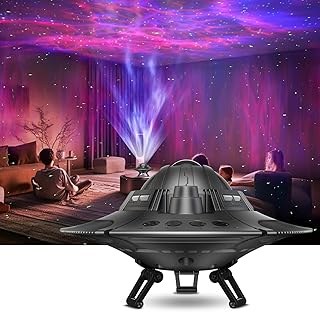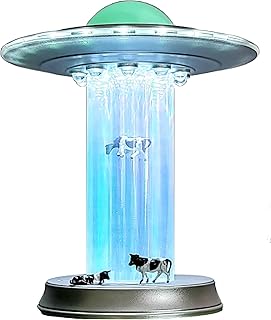World UFO Day is celebrated annually on July 2, tracing back to the first UFO sighting by pilot Kenneth Arnold near Washington’s Mount Rainier in 1947. This event, which sparked widespread fascination with Unidentified Flying Objects (UFOs), marked the beginning of a cultural obsession that continues to intrigue enthusiasts worldwide.
Fast forward to the present day, and UFO sightings have become a topic of interest beyond conspiracy theories, transitioning into mainstream discourse. The surge in reports of Unidentified Anomalous Phenomena (UAP) is attributed to technological advancements and the increasing use of personal aircraft, prompting concerns from the U.S. Department of Defense regarding potential national security threats posed by these unidentified aerial phenomena.
In an effort to make sense of the technology traversing our skies, researchers Richard Medina and Simon Brewer from the University of Utah’s School of Environment, Society & Sustainability have delved into the study of UAP. Their findings indicate that the Western U.S. offers optimal conditions for spotting UAP, thanks to factors such as dark skies, expansive open spaces, and proximity to military installations.
The U.S. Department of Defense’s keen interest in UAP stems from the uncertainty surrounding these sightings, with the possibility that foreign countries or entities possess technology that could pose security risks. The need to differentiate between harmless sightings, hoaxes, and potentially threatening encounters underscores the complexity of identifying genuine national security concerns amidst a backdrop of public fascination and skepticism.
While the notion of extraterrestrial visitors remains a fringe topic in official discussions, the implications of such encounters on national security cannot be dismissed. Balancing the need to address legitimate security threats with public perceptions and conspiratorial narratives presents a multifaceted challenge for authorities tasked with monitoring UAP activity.
Delving deeper into their research, Medina and Brewer are exploring trends in UFO sightings over time, considering societal factors that may influence the ebb and flow of reported UAP encounters. By examining historical patterns and contemporary influences such as technological advancements, cultural phenomena, and political dynamics, the researchers aim to unravel the complexities surrounding UFO reports and their societal implications.
Reflecting on popular culture references to UFOs, Brewer draws inspiration from iconic series like “The X-Files” and “The Expanse,” highlighting the enduring appeal of extraterrestrial themes in media. Meanwhile, Medina finds intrigue in shows like “Resident Alien” and the timeless classic “Star Trek,” underscoring the enduring fascination with the unknown and the possibilities that lie beyond our terrestrial realm.
As the world commemorates World UFO Day on July 2, the ongoing research into Unidentified Anomalous Phenomena serves as a reminder of the enduring mystery surrounding UFO sightings and the intricate interplay between science, security, and societal perceptions in navigating the enigmatic realm of unidentified aerial phenomena.
📰 Related Articles
- US to Revoke Chinese Student Visas Amid National Security Concerns
- Ukraine Withdraws from Anti-Landmine Treaty Amid Security Concerns
- Travel Warning Issued for Phuket, Thailand Amid Security Concerns
- Kenya Protests Spark Security Concerns Amid Global Business Shifts
- Youth Embrace Live Music Amid Social Media Ban Concerns
📚Book Titles
- SHUTTLE SHOCK: The Explosive Scandal that Rocked International Badminton
- Rattle the Market: Explosive Secrets to Dominating Real Estate & Crafting Your Fortune!
- What was the Scopes Trial: How One Teachers Arrest Sparked a National Debat
- Cosmic Gears: Deciphering The Astonishing Antikythera Mechanism






